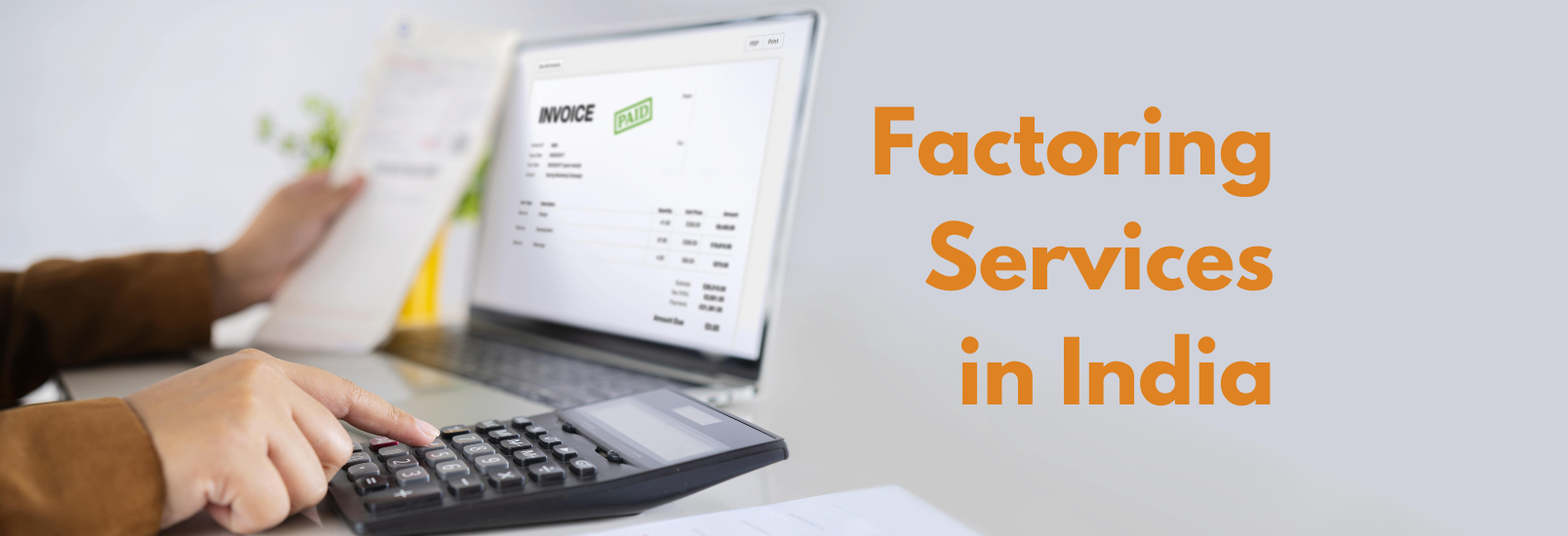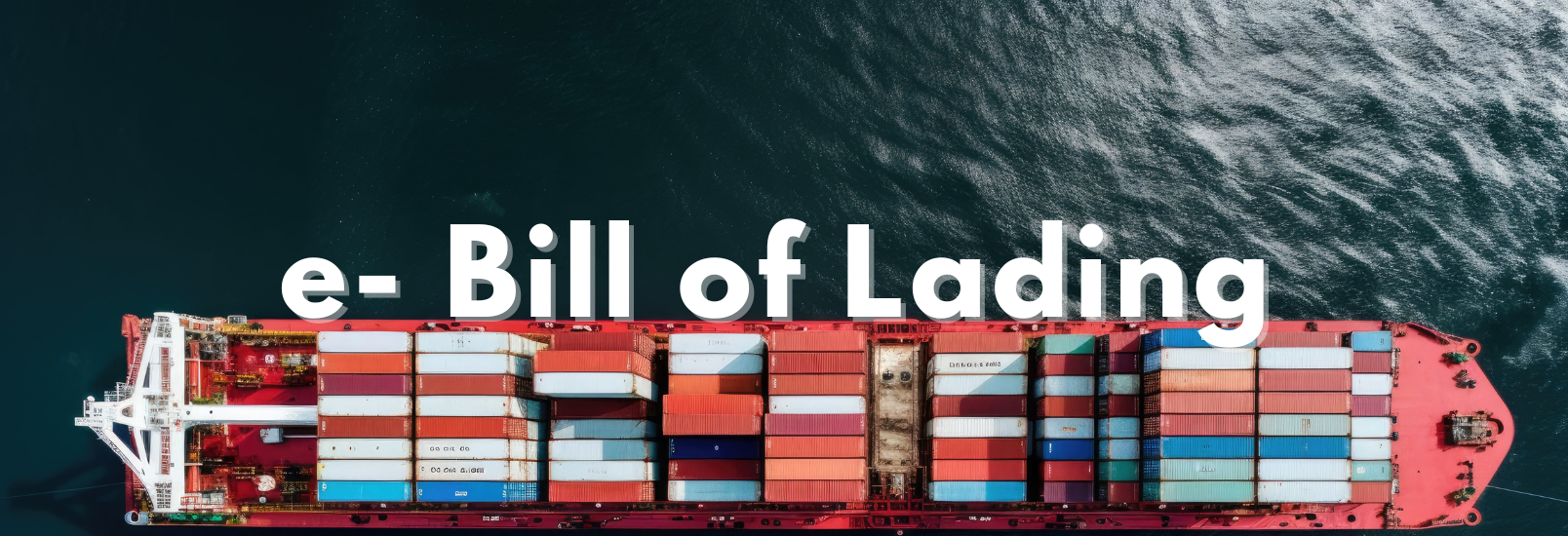Importance of Consumer and Legal Entity Verification in the Digital Age
In the current digital environment, consumer identity verification has become crucial. Although many people are familiar with individual verification procedures such as e-KYC and KYC, there is an increasing need to scrutinize companies, organizations, and other legal entities with the same level of scrutiny. As the pace at which information is being exchanged increases and the need for data and identity decentralization grows, it is critical to verify the legitimacy of these organizations, particularly in the financial industry.
The problem, though, comes when various nations and areas implement disparate certification and identity systems. When presented with a variety of identity management programs, how can one assure consistency? And what if an identity verifier comes across a strange technique that could cause inconsistencies?
A single identity management system that unifies all legal entities is the answer, since it guarantees efficiency and clarity in the verification procedure. The Global Legal Entity Identifier Foundation, or GLEIF for short, is essential to this coordinated strategy since it manages its execution and makes sure that international norms are followed.
The Financial Stability Board (FSB) founded the Global Legal Entity Identifier Foundation (GLEIF) in June 2014 as a non-profit international organization to facilitate the global application of the Legal Entity Identifier (LEI). The LEI Regulatory Oversight Committee (ROC), a coalition of international public bodies, is in charge of supervising its activities. This body, which is made up of many government agencies, is essential to maintaining openness within the global financial market.
Although it is closely related to the LEI system, GLEIF has a different function. It focuses on preserving the integrity and dependability of the overall LEI system rather than issuing LEIs directly. Comprehending this pivotal differentiation is important in order to appreciate the broader framework of legal entity identification.
A 20-character alphanumeric code known as the Legal Entity Identifier (LEI) is given to organizations that transact in financial products like stocks, bonds, currency, and mortgages. Globally, this code identifies financial institutions in a unique way and connects them to vital data that improves financial transactions' transparency. A number of nations have made the LEI system mandatory. As a need for operation, this covers, among others, the United States, the United Kingdom, and Germany.
Over 55,000 companies are listed on stock markets globally, according to the World Bank. In addition to these, a vast number of micro, small, and medium-sized firms (MSMEs) and small and medium-sized enterprises (SMEs) are active globally. With so many businesses, the LEI is essential in helping to make ownership and accountability structures clear. This clarity played a major role in the creation of the LEI and its broad acceptance, especially from G20 countries.
Just as financial organizations want to get to know their consumers, customers may precisely know with whom they interact thanks to the LEI system. Because it guarantees that entities are held accountable, this degree of transparency is essential for averting financial losses.
In the past, the privacy around identity served as an incentive for certain institutions to commit fraud, which played a major role in the financial crisis of 2007–2008. Additionally, releasing client data improperly entails hazards including identity theft, data loss, and other issues. Not to mention, the difficulty in positively recognizing corporate entities has resulted in unreported market abuses.
Essentially, a network of Local Operating Units (LOUs) powers the Legal Entity Identifier (LEI) system. These LOUs provide legal entities and organizations all over the world with distinctive 20-digit identity codes that follow the ISO 17442 standard. These distinct codes are essential for acting as standardized identifiers, promoting openness, and making a variety of jobs easier within the financial sector.
An LEI code, such "429700S8MZ49XURSDO75," is composed of four separate sections:
In addition to serving as a unique identification, each LEI code opens a door to a vast collection of reference data on the entity, such as:
Regulators can quickly identify the entities engaged in financial theft instances and easily track down the funds by using LEI. This approach offers a worldwide reference framework that is standardized while also promoting transparency. Determining legal ownership and making it easier to replicate effective techniques across different markets and nations are two major benefits of this standardization.
The ability of the Legal Entity Identifier (LEI) to uphold the highest standards of legitimacy, dependability, and openness is essential to its widespread acceptance. Three specialized bodies are in charge of continuously monitoring and supervising the LEI system in order to accomplish these goals:
Committee for Regulatory Oversight (ROC): As the main authority in charge of overseeing the governance of the LEI system, the ROC sets global rules, provides strategic guidance, and makes sure that international standards are followed. Because the LEI system is global in scope, members of public authorities from all around the world make up the ROC.
The LOUs, or Local Operating Units: Applications are issued LEIs by approved Local Operating Units. They serve as a go-between for the registrants and the GLEIF. Legal entities communicate with them as the principal interface in order to apply for their LEI code. "LEI Issuers" or "LEI Issuing Organizations" are other names for LOUs.
The GLEIF: The GLEIF benefits from the LOU's accreditation procedure. It assists in establishing if a company is able to retain LEI reference data in the Global LEI System and issue Legal Entity Identifiers (LEIs). Registrations, annual renewals, and other services pertaining to LEIs are provided by accredited organizations. Being GLEIF approved entails a dedication to global data quality, security, and first-rate customer service.
A monetary price is associated with each LEI code registration, renewal, and general upkeep. But the extra sum that is charged comes exclusively from the LOUs; the GLEIF does not impose excessive LEIs. GLEIF states that all fees must be determined by the LOUs' actual cost of service, not by astronomical profit margins. The sole annual fee that comes directly from GLEIF is $11 USD, which is used to maintain GLEIF. Any extra money spent on an LEI is donated to the registration LOU. LOUs are free to provide bespoke packages and varying rates as they deem suitable. This strategy makes sure that consumers get the greatest service possible while boosting competition. Allow the greatest service to triumph!
The 2007–2008 Global Financial Crisis (GFC) had a detrimental effect on the financial industry. It was made clear that systems needed to be put in place to prevent another disaster of this nature. Following public comments, the G20 conference decided to do something.
They argued—and the financial and private sectors agreed—that businesses that deal on the financial market ought to be easily identifiable and traceable. To carry out this objective, the Financial Stability Board (FSB) was founded in 2009. Together, a number of international standards organizations and national financial authorities created a workable regulatory and supervisory framework for the world financial system.
After the FSB's recommendations and essential frameworks for the global financial system were approved in 2012, GLEIF was established in 2014. Businesses gain directly from GLEIF's enhancement in transaction speed and confidence. This efficiency indirectly lowers customer costs as well. Transparency is one of the accomplishments of GLEIF, as data on entities is made publicly available for anybody who requests it on the global LEI index.
A central source for both historical and current LEI records along with relevant reference data is the Global LEI Index. The sole worldwide online resource providing high-quality, standardized, and open information or reference data regarding legal entities is the Global LEI Index. These reference data offer the relevant details regarding various legal entities in relation to the application for LEI code.
Anyone can consult the LEI database for free to learn more about any entity of interest by using the GLEIF web-based search engine.
The U.S. employs a multifaceted approach, while the EU uses rules like MiFID II to directly mandate LEIs. Global LEI System (GLEIS) and other industry initiatives are important; the Securities and Exchange Commission (SEC) actively promotes adoption of these initiatives by providing guidelines and highlights the benefits to market participants. But it's important to stress that at this point, this does not equate to a national mandate.
Financial data is now more reliable since these 20-digit numbers are unique and have no grey areas. It is easy to find the parent corporations of each entity. This openness aids in revealing unstated costs that clients are charged without enough justification.
For instance, banks occasionally impose fees on clients for transactions involving multiple entities. Despite having distinct titles, these two organizations are the same and function under the same roof. Officially, there was only record updating and no transaction. Customers are led to feel that they are paying for a fictitious procedure, nevertheless.
Customers are empowered to take legal action or cease doing business with dubious financial organizations by being aware of each legal entity's identification, as many Americans are being defrauded of hidden costs. This is especially true for regular banking services and investments in other parts of the world. Global anti-money laundering compliance monitoring will significantly benefit from LEI. Beyond being recognized by regulatory agencies and interested parties, LEI has other benefits. For banks, it can save expenses and increase productivity when digitizing their identities across national borders.
Recommended Read:









